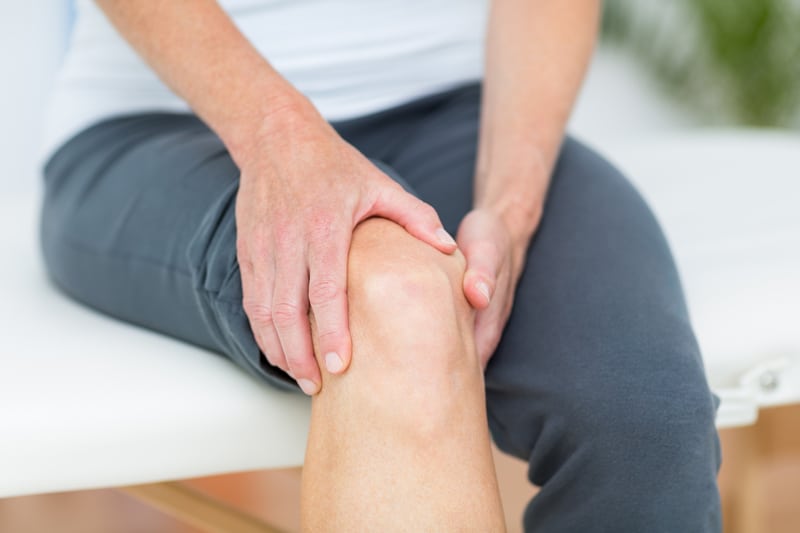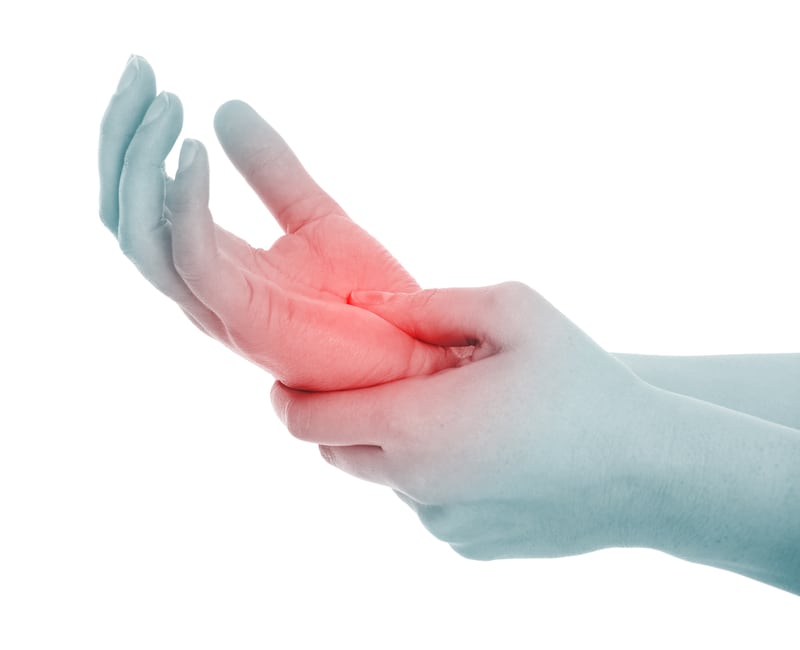 Pain medicine, also known as pain management or algiatry, refers to an annex of medicine that takes an integrative approach to relieving the anguish and improving the overall quality of life in those who suffer from chronic pain. Those professionals most typically associated with this type of treatment include medical physicians, physiotherapists, clinical psychologists, occupational therapists, physician assistants, and clinical nurse specialists. Additionally, some mental health specialists and massage therapists also utilize this type of pain management to treat their patients. At our office, we are focused on and completely dedicated to pain management.
Pain medicine, also known as pain management or algiatry, refers to an annex of medicine that takes an integrative approach to relieving the anguish and improving the overall quality of life in those who suffer from chronic pain. Those professionals most typically associated with this type of treatment include medical physicians, physiotherapists, clinical psychologists, occupational therapists, physician assistants, and clinical nurse specialists. Additionally, some mental health specialists and massage therapists also utilize this type of pain management to treat their patients. At our office, we are focused on and completely dedicated to pain management.
Contact our office today to schedule an appointment to outline a treatment plan that will help you conquer your pain issues. We believe in treating the whole patient, which means that we will not try to mask your pain with methods that could cause you more pain in the long run. Instead, we look for options that will help you to find relief while at the same time enjoying a greater quality of life.
Recognizing Chronic Pain
 Chronic pain can occur in any part of the body, though it most commonly affects the region of the lower back. It can include sensations that feel sharp, shooting, burning, or aching, and it can also cause feelings of stiffness. While it is normal to experience short-term pain following an injury or illness, any persistent pain–mild or severe–lasting three months or longer is considered chronic, and should serve as a strong indication that the body is tired or overworked and in need of attention and an approach for pain medicine.
Chronic pain can occur in any part of the body, though it most commonly affects the region of the lower back. It can include sensations that feel sharp, shooting, burning, or aching, and it can also cause feelings of stiffness. While it is normal to experience short-term pain following an injury or illness, any persistent pain–mild or severe–lasting three months or longer is considered chronic, and should serve as a strong indication that the body is tired or overworked and in need of attention and an approach for pain medicine.
Common Causes of Chronic Pain
It is estimated that 1 in every 3 Americans will deal with chronic pain at some point in their lives. This pain can last from several weeks up to several years, depending on its severity. The most common underlying triggers that can lead to chronic pain include:

- Chemical triggers. Our brains contain chemicals that suppress sensations of pain. If these chemicals malfunction, the result could be prolonged pain.
- Neurogenic triggers. In instances where there is damage to the central nervous system, damaged nerves are to blame for chronic pain.
- Psychological triggers. For some people, personality traits or psychiatric illness sometimes produce symptoms that present as physical pain.
- Psychogenic triggers. Emotional or mental issues occasionally spur the sense of physical pain. A physical injury, illness, or damage to the central nervous system doesn’t necessarily have to be present.
In other, more extreme cases, physicians are unable to identify through tests any specific injury or illness that may be causing the chronic pain and requiring pain medicine intervention. These unidentifiable triggers are no less real, however, than physical triggers caused by injury or disease.
Pain Management Methods
 Medicine is well-known for treating injury to the body and to boost its ability to heal. It also works by alleviating physical symptoms, such as pain, in order to minimize one’s suffering during the course of treatment and healing. In many cases, pain subsides on its own once the body or underlying trauma has healed after being treated by a single practitioner. Usually, this is helped along with the use of pain medicine like analgesics, and in some cases, anxiolytics. For long-term (chronic) pain, however, a combinative treatment plan determined by a team of pain management professionals is often necessary.
Medicine is well-known for treating injury to the body and to boost its ability to heal. It also works by alleviating physical symptoms, such as pain, in order to minimize one’s suffering during the course of treatment and healing. In many cases, pain subsides on its own once the body or underlying trauma has healed after being treated by a single practitioner. Usually, this is helped along with the use of pain medicine like analgesics, and in some cases, anxiolytics. For long-term (chronic) pain, however, a combinative treatment plan determined by a team of pain management professionals is often necessary.
Common treatment methods include:
- Pharmalogical methods – This includes the use of analgesics, tricyclic antidepressants and anticonvulsants.
- Physical therapy
- Application of hot and/or cold compresses to the afflicted area
- Interventional procedures – Most commonly used for treating chronic back pain, this method includes the use of epidural steroid injections, facet joint injections, neurolytic blocks, spinal cord stimulators, and intrathecal drug delivery system implants
- Psychological measures, including biofeedback and cognitive behavioral therapy
Risk Factors Associated with Chronic Pain
 Being able to recognize the risk factors of chronic pain helps many people manage their chronic pain by preventing their symptoms.
Being able to recognize the risk factors of chronic pain helps many people manage their chronic pain by preventing their symptoms.
Risk factors include:
- Age. Though chronic pain is not a normal symptom associated with getting older, conditions such as arthritis and diabetes (conditions commonly affecting people later in life) have been known to trigger chronic pain as a result of destruction to the nerves and joints.
- Health. Many health conditions trigger chronic pain. The most common are fibromyalgia, injuries affecting the joints; depression or anxiety disorders; amputation of the limbs; and previous surgeries.
- Weakened immune system. This can result in increased infections or illnesses.
- Tobacco. Smoking tobacco can increase one’s pain as well as hinder the rate at which their body responds to treatment.
- Diet and lifestyle habits. Regular consumption of junk food and/or alcohol, being physically inactive, and many other poor lifestyle habits can result in chronic pain.
- Emotional stress. Many people dealing with problems in their personal relationships, or those who have sustained mental or physical abuse, experience chronic pain and require help from pain medicine.
When to Seek Medical Help
 While it is normal and expected to experience pain immediately following an injury or illness, persistent pain lasting 3 months or longer should be taken seriously. Anyone experiencing prolonged pain should consult with a physician immediately, since chronic pain can have negative effects on a person’s physical health as well as their emotional well-being. Untreated long-term pain often weakens the immune system, which can lead to more serious health problems, including unusual and persistent fatigue, depression, and infection. A medical practitioner will be able to both diagnose the chronic pain and dole out the most appropriate method of pain medicine and therapy.
While it is normal and expected to experience pain immediately following an injury or illness, persistent pain lasting 3 months or longer should be taken seriously. Anyone experiencing prolonged pain should consult with a physician immediately, since chronic pain can have negative effects on a person’s physical health as well as their emotional well-being. Untreated long-term pain often weakens the immune system, which can lead to more serious health problems, including unusual and persistent fatigue, depression, and infection. A medical practitioner will be able to both diagnose the chronic pain and dole out the most appropriate method of pain medicine and therapy.
Contact our office today to get started on the path of relief from acute or chronic pain. Feel free to ask a member of our pain management team about our diagnostic approach or about the methods that we use for pain medicine and other types of pain relief. When you visit our office, you can trust that we will spend a lot of time learning about your condition and symptoms before working with you to develop a treatment plan that works best for your lifestyle.
